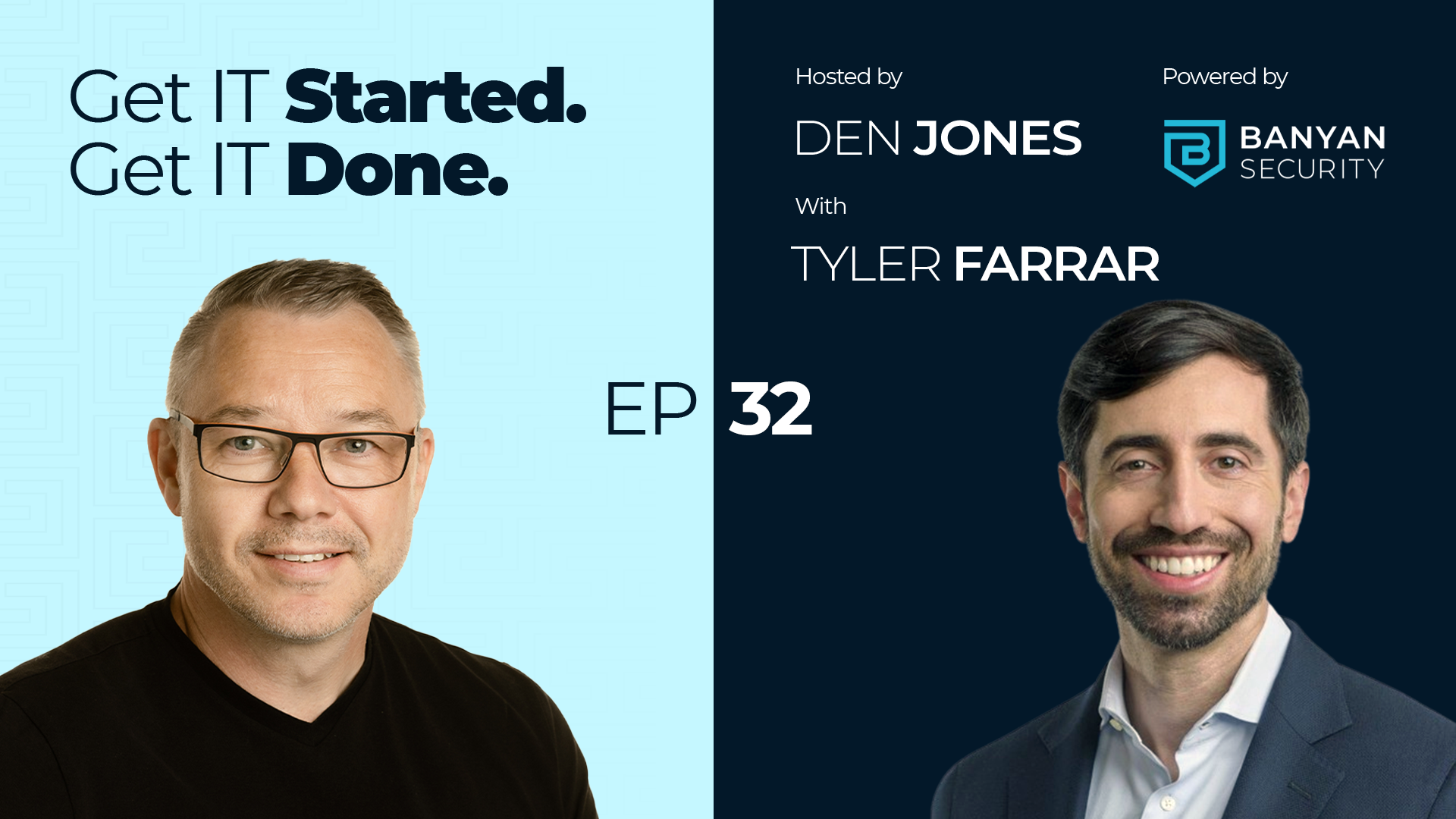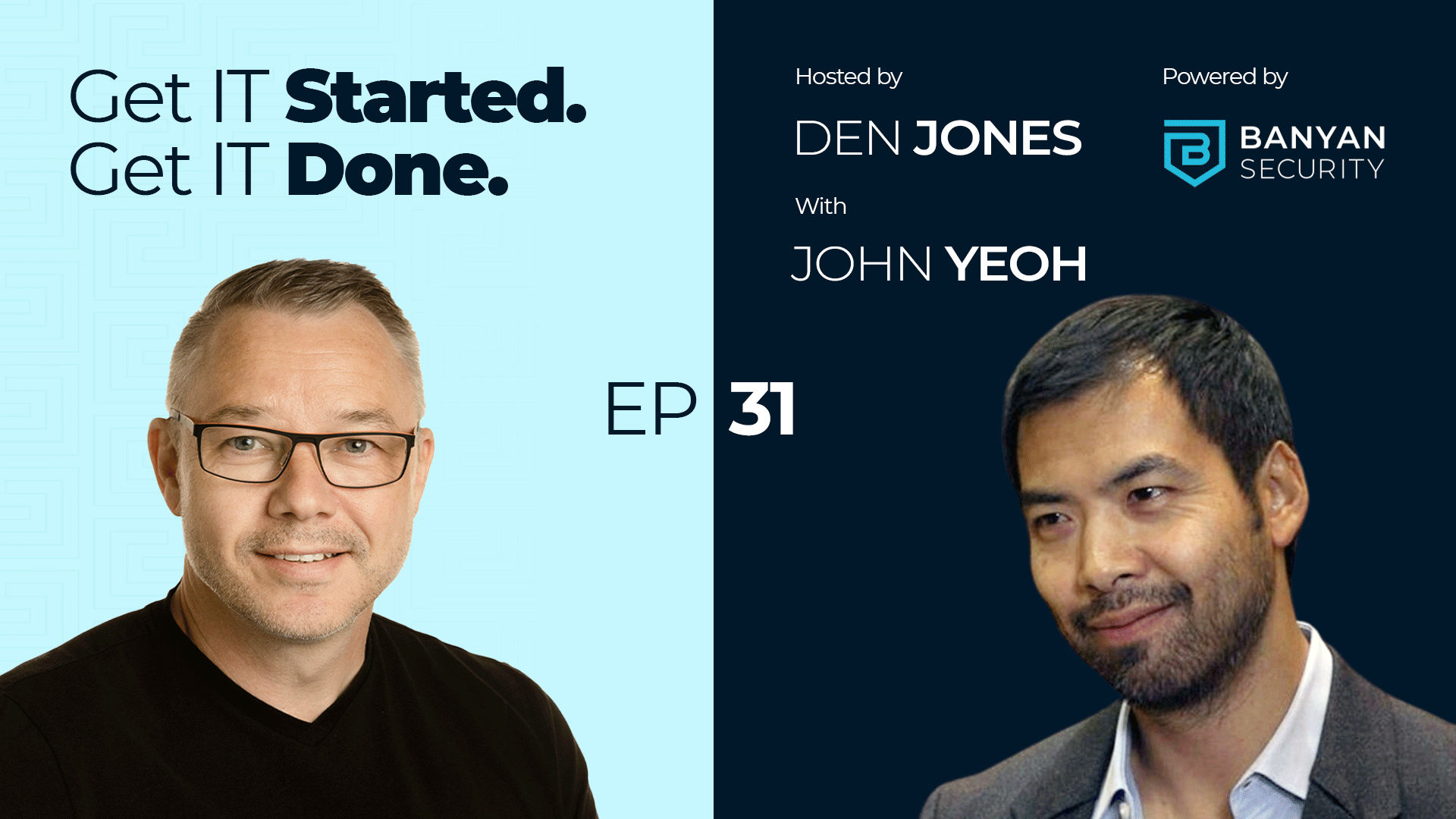Cloud Computing refers to the delivery of various computing services, including servers, storage, databases, networking, software, analytics, and intelligence, over the internet (the “cloud”) to offer faster innovation, flexible resources, and economies of scale. Instead of owning and maintaining physical hardware and software, users can access and utilize cloud resources on-demand from cloud service providers, paying only for the resources they use.
Cloud computing has become a fundamental technology for businesses, organizations, and individuals, transforming the way IT resources are provisioned, managed, and consumed.
Examples of how cloud computing is used:
- Infrastructure as a Service (IaaS): Cloud providers offer virtualized computing resources, such as virtual machines (VMs) and storage, allowing users to create, manage, and scale infrastructure without the need for physical hardware. For instance, a company can deploy and run its web applications on cloud VMs hosted by providers like Amazon Web Services (AWS) or Microsoft Azure.
- Platform as a Service (PaaS): PaaS provides a platform for developers to build, deploy, and manage applications without managing the underlying infrastructure. Examples include Google App Engine and Microsoft Azure App Service. Developers can focus on writing code while the platform handles aspects like scaling, load balancing, and runtime environments.
- Software as a Service (SaaS): SaaS delivers software applications over the internet on a subscription basis. Popular examples include Google Workspace (formerly G Suite), Microsoft 365, Salesforce, and Dropbox. Users access these applications through web browsers without needing to install or maintain software locally.
- Serverless Computing: Serverless computing allows developers to run code in response to events without managing servers or infrastructure. AWS Lambda and Azure Functions are examples. Developers write functions, and the cloud provider automatically manages the execution environment, scaling, and billing based on actual usage.
- Database as a Service (DBaaS): DBaaS provides fully managed database services, eliminating the need for users to maintain and administer database servers. AWS offers Amazon RDS, while Microsoft provides Azure SQL Database. Organizations can use these services for storing, managing, and analyzing data.
- Big Data and Analytics: Cloud computing platforms offer services for big data processing and analytics. Examples include AWS Elastic MapReduce (EMR) and Google BigQuery. Users can analyze large datasets, run data pipelines, and perform machine learning tasks in the cloud.
- Content Delivery: Content delivery networks (CDNs) use cloud infrastructure to distribute content, such as web pages, videos, and files, closer to users to reduce latency and improve performance. Examples include Amazon CloudFront and Akamai.
- IoT (Internet of Things): Cloud computing is used to process and analyze data from IoT devices. Devices send data to the cloud for storage, analysis, and decision-making. For instance, smart home devices connect to the cloud to enable remote control and data collection.
- Backup and Disaster Recovery: Cloud storage services are used for data backup and disaster recovery. Organizations can replicate their data to the cloud for redundancy and quick recovery in case of data loss or system failures.
- Development and Testing: Cloud environments provide developers with scalable, on-demand resources for developing and testing applications. Developers can provision VMs, databases, and other resources as needed, reducing development cycle times.
- AI and Machine Learning: Cloud providers offer AI and machine learning services that enable developers to build and train machine learning models without managing the underlying infrastructure. For example, AWS provides Amazon SageMaker for machine learning tasks.
- Hybrid and Multi-Cloud: Organizations use cloud computing to build hybrid and multi-cloud architectures, allowing them to run workloads across a combination of on-premises data centers and multiple cloud providers for flexibility and redundancy.
Cloud computing has become a fundamental technology in various industries due to its scalability, cost-efficiency, and accessibility. Organizations leverage cloud services to streamline operations, enhance innovation, and deliver services and applications more effectively to users around the world.








